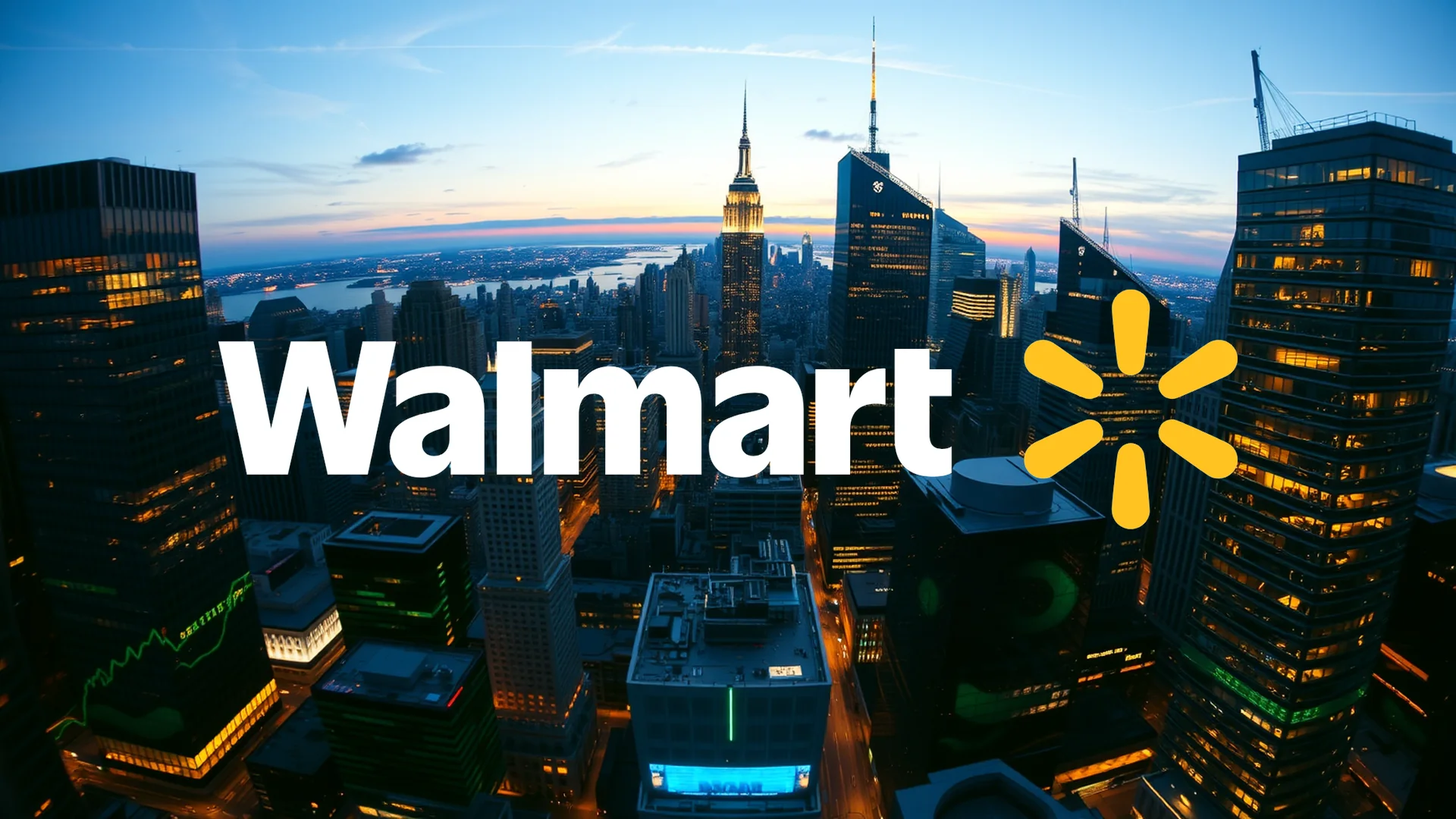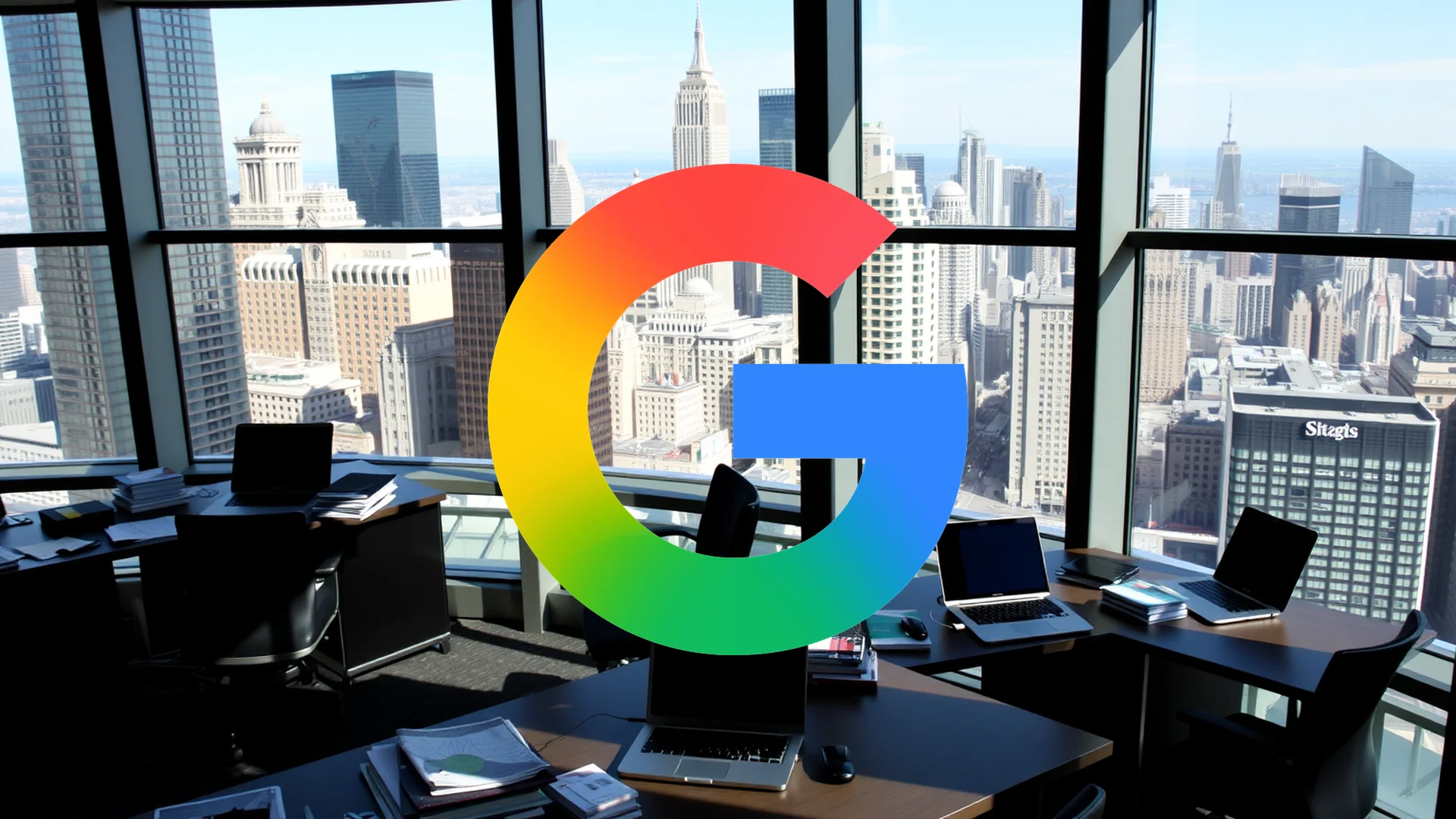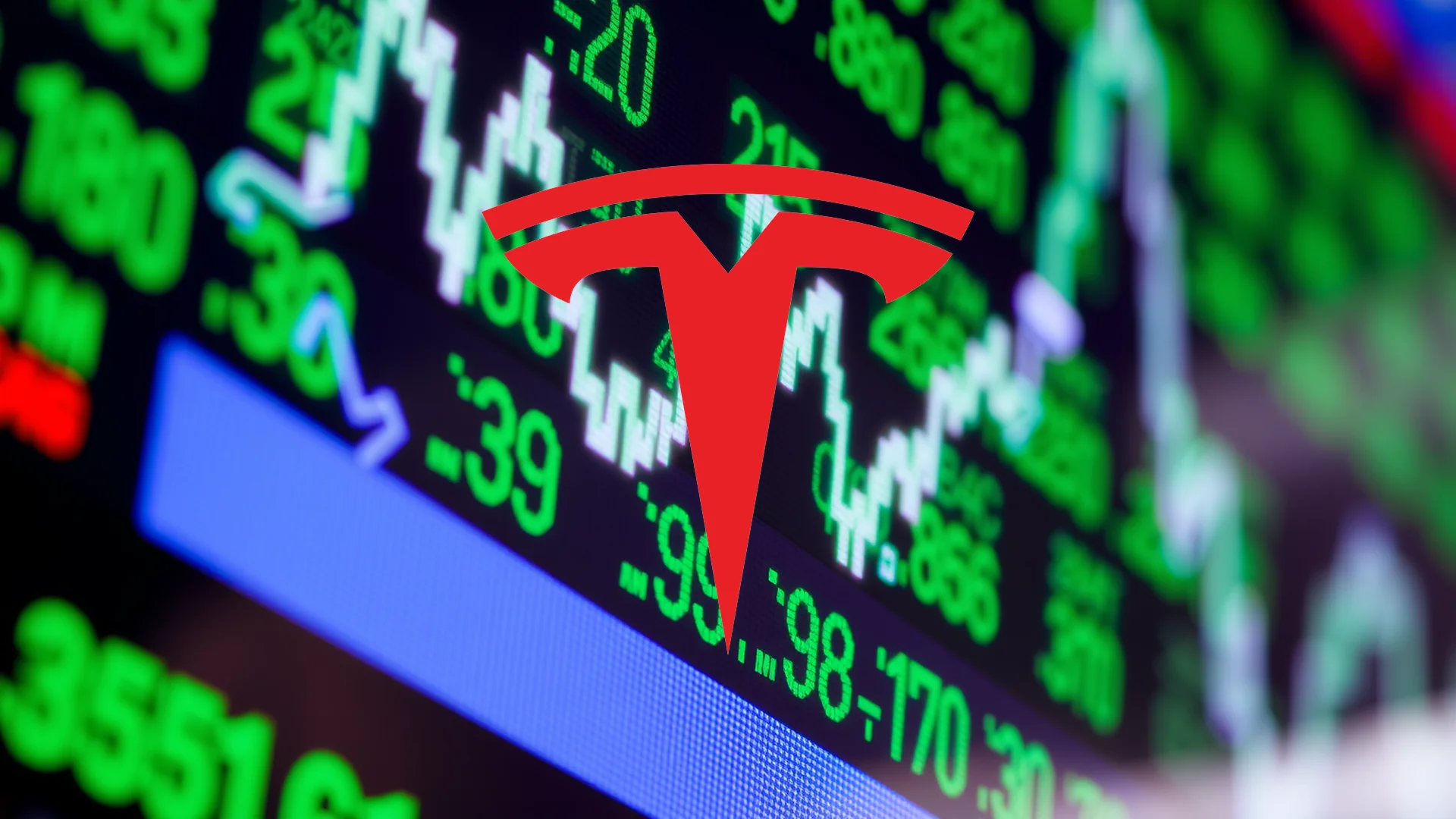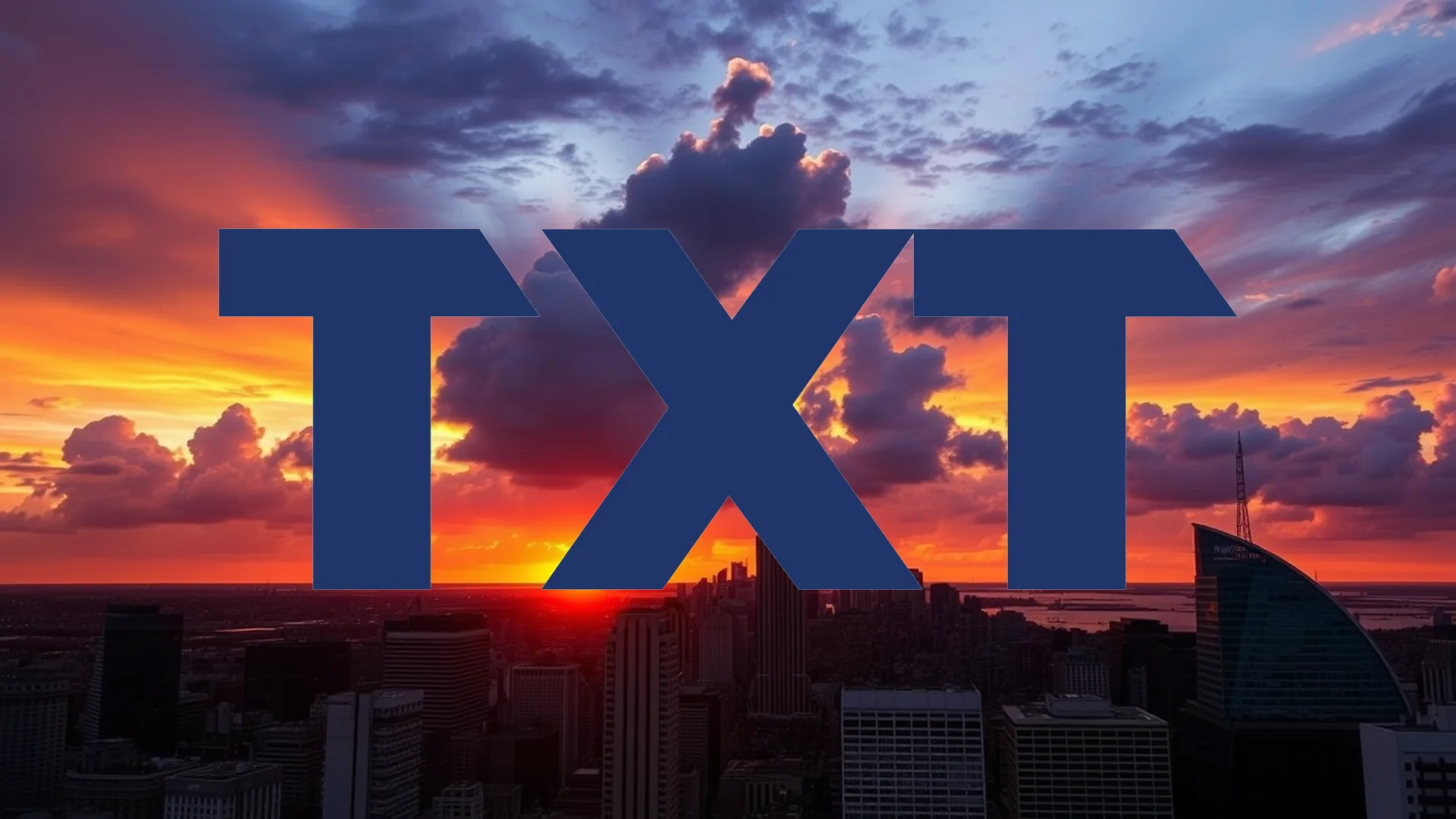The world’s largest retailer is showing signs of strain as it navigates a complex transition. Walmart’s latest quarterly performance has disappointed markets, raising questions about the near-term viability of its ambitious technological transformation despite solid long-term strategic positioning.
Quarterly Results Fall Short of Projections
For Q2 2026, Walmart reported earnings per share of $0.68, significantly below the $0.74 consensus estimate. Revenue reached $169.34 billion, representing 4.8% year-over-year growth but falling short of the $174.02 billion analysts had anticipated. The company’s cautious guidance for the current quarter, projecting EPS between $0.58 and $0.60, further underscores the challenging environment.
Strategic Initiatives Show Mixed Progress
Behind the disappointing numbers, Walmart continues to advance several strategic initiatives. The integration of Vizio, acquired in 2024 for $2.3 billion, remains on track with plans to make the brand exclusive to Walmart and Sam’s Club stores by late 2025. This move strengthens the company’s advertising business through Walmart Connect.
Simultaneously, the drone delivery service continues its expansion, recently adding Lewisville, Texas as its eighth operational location.
However, not all strategic developments are positive. The company has confirmed delays in meeting its 2025 and 2030 emissions targets, acknowledging that “the necessary innovation and technology is not yet available or economically viable.” This admission validates previous warnings about the challenges of environmental transformation.
Leadership Changes and Insider Trading Activity
The executive suite is undergoing changes with Rachel Brand, Chief Legal Officer, set to depart when the fiscal year concludes in January. Meanwhile, Michael Horne has joined as the new Senior Vice President for global compensation matters.
Should investors sell immediately? Or is it worth buying Walmart?
Notably, several executives including CTO Suresh Kumar have engaged in stock sales this month, activity that investors typically monitor closely for signals about management’s confidence.
Divergent Analyst Perspectives Create Uncertainty
Market experts remain deeply divided on Walmart’s prospects. Goldman Sachs raised its price target from $101 to $114, while Wolfe Research initiated coverage with an “Outperform” rating and $129 target. In contrast, JPMorgan has reduced its target price.
Bank of America expressed optimism following discussions with management, increasing its target to $125 and specifically highlighting progress in AI technologies and strategic partnerships.
Looking Ahead: Inflation and Competition Loom Large
All eyes now turn to whether Walmart can meet next quarter’s expectations, with analysts projecting EPS of $0.60, representing moderate growth of 3.5%. For the full year, the consensus estimate stands at $2.60, which would equate to 3.6% growth.
The retail giant’s true test will be navigating persistent inflationary pressures, rising wage costs, and intensifying competitive dynamics—factors that will continue to challenge performance in the coming months.
Ad
Walmart Stock: Buy or Sell?! New Walmart Analysis from December 22 delivers the answer:
The latest Walmart figures speak for themselves: Urgent action needed for Walmart investors. Is it worth buying or should you sell? Find out what to do now in the current free analysis from December 22.
Walmart: Buy or sell? Read more here...









